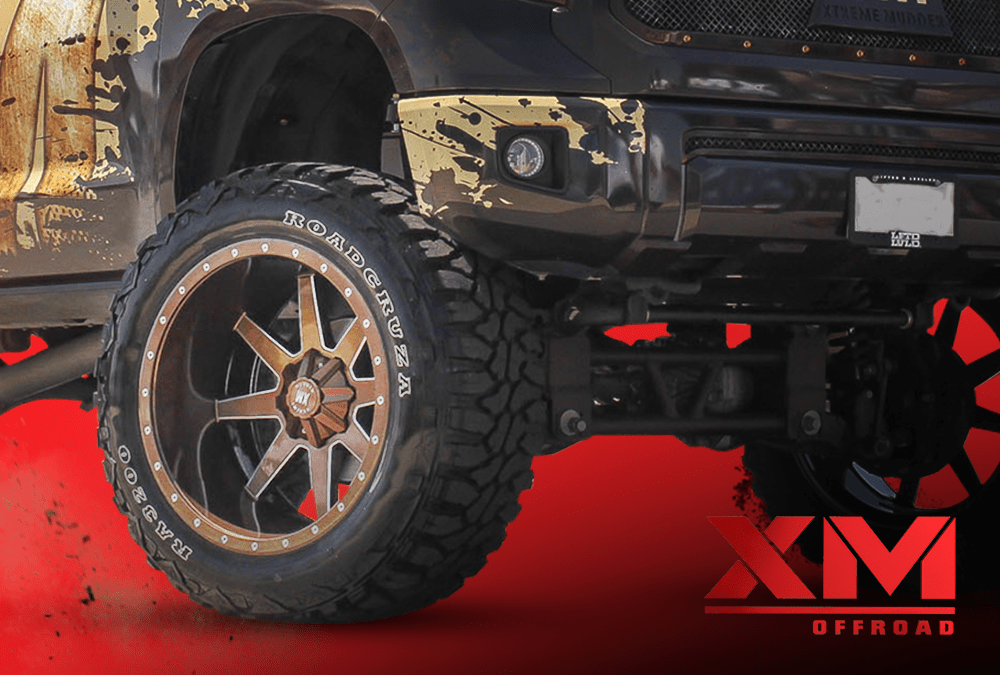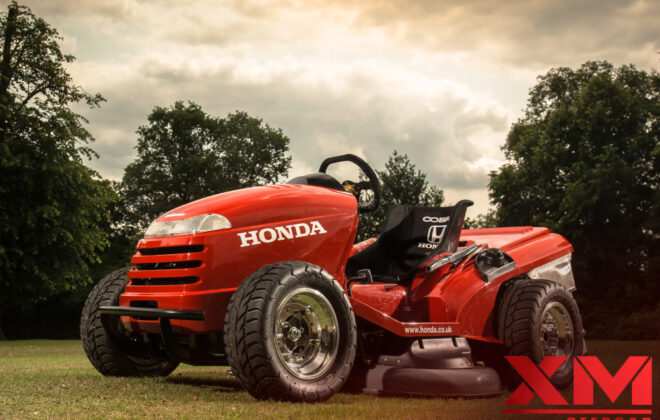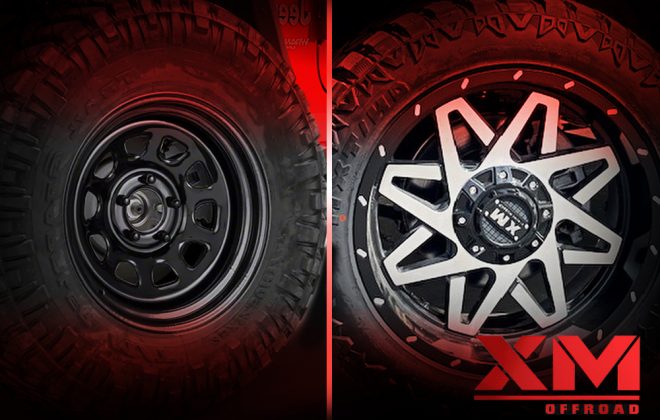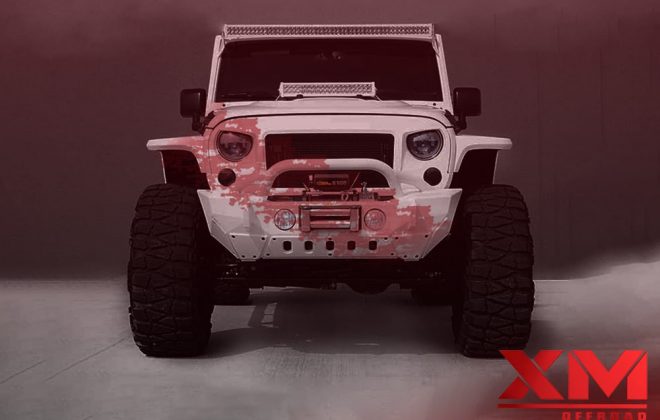
Are Wider Wheels Better? Yay or Nay?
Every car enthusiast desires to upgrade his wheels and tires. They determine the wheel’s actual need and either stick with the OEM size wheel and tires or upsize. Upsizing is most common in tuners and off-roaders, which need to be better. The wider the tire, the better the performance. How so? Let us explain.
What Are The Wider Wheels?
A plus-size wheel has a larger diameter and is fitted with a new tire with a lower aspect ratio. These modifications improve the vehicle’s speed and accuracy with torque and traction control while decreasing sidewall flex. This practice is widespread for making a vehicle more visually appealing and increasing its capability, but sizes vary depending on the model. The size should not exceed 3 inches, according to the regulatory authority.
Why Should Wider Wheels Wrap In Wider Tires?
We see wider wheels wrapped in wider tires, which sounds plausible. This was a component of the entire upsizing of wheels and tires. This definition concludes that making the wheels taller and wider and making the tire’s sidewall narrower and broader.
As a result of the shorter sidewalls, the tread is more rigid and stable. This is the primary reason for introducing wider tires, as stiffness and stability provide higher performance due to better grip in dry conditions.
Wider tires use a massive amount of ply to alter the patch’s size and shape where the rubber meets the road. The patch where the tire meets the road is now square rather than oval. Furthermore, it is thought to be excellent for grabbing the road when it is dry even though the patch test becomes hydroplane in wet conditions. To perform admirably on wet roads, you must ensure that your wider tires are wrapped in wider tires. For example, you prefer to have OEM wheels and tires on your 2017 Dodge charger 3.6i pursuit, ranging from 7.5″ to 9″ wide. These tires also perform well in the rain. For improved performance, consider the Landsail LS588. These tires are designed explicitly for hydroplane resistance on wet roads. You can improve dry pavement performance while also controlling hydroplaning.
According to the findings, wider wheels are superior and provide superior performance, but only when the pavement is dry. Alternatively, if the road is wet on location during a rainstorm, it will almost certainly resist hydroplaning.
Are Wider Wheels Good For Starting And Stopping?
This is a question that almost every driver or car modder wonders about. Wider wheels perform well when it relates to braking and acceleration. Because of their excitement, while driving their favourite vehicle, car enthusiasts love to brake hard. These larger wheels are energizing their adventure with thrill while exhibiting the best brake. If you want more traction, choose wider wheels for the best results. Because these perform better in terms of instantaneous acceleration due to their smaller mass, the only disadvantage is that they are only helpful in a short time.
Wider wheels are amazingly charming for better sustained and higher acceleration over distance. Because of the giant wheel has a larger leverage arm. If you want to know its depth, just view the physics and formula that larger the lever arm grater the distance with the same torque amount.
On the other hand, wider wheels are great to stop faster. If you think stopping is just braking, think twice because the automatic braking system has taken a revolution in the automobile industry to mesmerize drivers. When you increase the pressure on brake automated braking system (ABS), change the effect of stopping capability with an improved friction coefficient. That means the tire is more responsible for stopping than brakes.
Hence, XM Luxury proved that wider wheels are a good source and more responsible for better stooping.
Are Wider Wheels Good For Off-Roading?
If you want to leave the pavement behind, wider wheels are a good option. Some drivers opt for a lift kit, but experts advise that you only go upsizing within limits. Although upsizing your 4×4 is not optional, we believe you should not go any further. Furthermore, some states prohibit further upsizing and set a limit to regulate your vehicle. That particular limit is 3 inches; this is the maximum height as per the regulations. That means you can’t go any wider than 3 inches with wider wheels. Wider wheels make your jeep grapple with rocks and trail better. Yeah, you can ride wider mud tires on your truck because these tires give you more room for bigger spies and provide a wider channel between the blocks.
These tires let you ride on wider terrain tires and give more surface area for bigger and beefier tread blocks. Moreover, they provide large channels for better traction on gravel, rock and other unpaved surfaces.
Is Wider Wheel Affecting The Economy?
Wider wheels help you go quicker, which leads to the question in almost every diver’s mind: does it save fuel or not? The response is “no.” Wider wheels do not affect fuel economy, so they are lacklustre when it comes to saving money. In terms of performance, however, they are rock and roll. Wider wheels do not reduce your mileage from miles to the gallon to a mile, but MPGs suffer slightly. In short, wider wheels are preferable if they result in a lower steering friction coefficient. Wider wheels will also entertain you if you want to have fun with sharp turns.
Conclusion
Wider wheels are a popular choice among car enthusiasts who want to enjoy smooth starting and stopping. Most people believe that wider wheels are suitable for the economy because they use less fuel due to their speed. Unfortunately, this is not the entire picture. Wider tires make no difference in terms of economy. Yes, but they provide an incredible ride with jaw-dropping speed and jaw-dropping turns. Have a blessed journey!
Author Bio
Emile John is associated with Xtreme Mudder Wheels as a blogger. She has been writing for the past ten years. She writes on education, marketing, human resource, computing, automobile, SEO and entertainment. She has a degree from the University of California.




